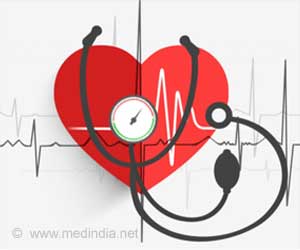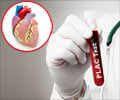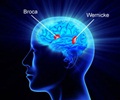The high systolic and diastolic blood pressure numbers are strongly, independently linked to cardiovascular risk, according to new Kaiser Permanente-led research.

‘The systolic and diastolic hypertension have similar impacts on risk at the lower threshold of 130/80 provides independent support for recent changes that were made in the American College of Cardiology and American Heart Association guidelines, which recommended tighter blood pressure control in higher risk patients with hypertension. ’





The current retrospective study is "the largest by far of its kind," Dr. Flint said, reviewing 36 million blood pressure readings taken during outpatient visits between 2007 and 2016, from 1.3 million adult Kaiser Permanente members in Northern California. Systolic pressure -- the upper number in a blood pressure reading -- measures how hard the heart pumps blood into arteries. Diastolic pressure -- the bottom number -- indicates the pressure on the arteries when the heart rests between beats.
Decades of research have shown that high systolic blood pressure is more likely to result in adverse outcomes. As a result, cardiology guidelines and risk estimation tools focus on the upper number, with some experts arguing that the diastolic number might reasonably be ignored, Flint said.
After adjusting the data for possible confounding factors, the researchers found that while systolic pressure has a greater impact, both systolic and diastolic pressures strongly influenced the risk of heart attack or stroke, regardless of the definition used for high blood pressure (140/90 mm Hg versus 130/80 mm Hg).
The results are also in keeping with findings from the National Institutes of Health's Systolic Blood Pressure Intervention Trial, known as SPRINT.
Advertisement
Source-Eurekalert















